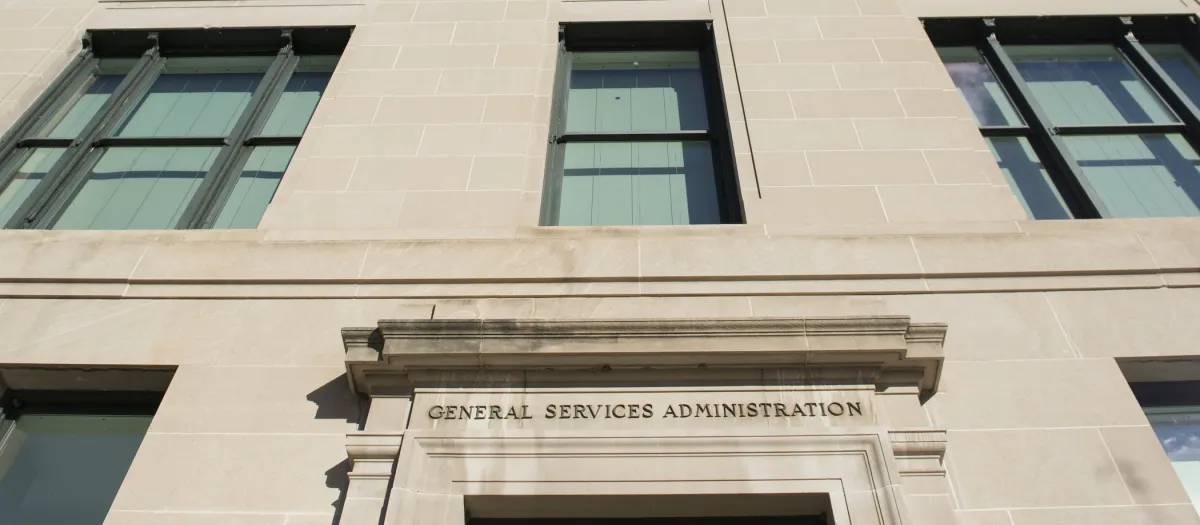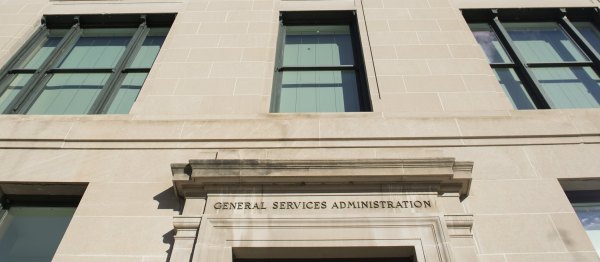Raylene Yung spells out TMF’s ‘holistic’ approach to measuring project impact

Measuring end-user experience is a key aspect of the Technology Modernization Fund’s “holistic” approach to assessing return on investment, according to the fund’s executive director Raylene Yung.
Yung said Tuesday the ability of the General Services Administration-housed fund to take into account the direct impact that funded projects have on taxpayers — instead of focusing solely on estimated cost savings — was a key strength of the fund.
“You might think about [ROI] in a business context — looking at return on investment as in financials — something that I think is really special and unique about our approach is that we have a very holistic of what that ROI is,” Yung said at ACT-IAC’s customer experience summit in Washington, D.C. “A few examples are: It’s not just time savings to the federal employees or the cost savings to services or sunk costs of IT, but also the end savings we think the end-user benefits from.”
The technology leader cited the example of a TMF-funded Department of Labor tech modernization project, which streamlined the ability of farmers to obtain visas for temporary workers. While the project did not immediately result in savings to the department’s IT budget, it cut the time farmers needed to spend on paperwork by two days, resulting in demonstrable economic benefit to the end-user.
“We look at that holistic view and things like obviously cost savings, impact of the investment in terms of the financial impact of maintenance costs of the new systems, but we look at the end-user impact in terms of time saved, steps saved, costs simplified,” Yung said. “So we try to take all of that into account when we assess return on investment.”
Commenting on a question about TMF grant repayment terms, Yung said these are determined on a case-by-case basis and depend on the category into which a project may fall.
According to Yung, an example of a type of project where full repayment would likely be required is for a grant being used to accelerate an existing IT modernization program. In this case, she said, savings may be realized immediately and those would be used to repay the fund.
Yung noted also that cybersecurity protection is an area where immediate savings can be hard to quantify but where preventing the huge financial impact associated with breach response represents a form of cost control.
She said: “The lower repayment model that takes into account the costs savings from costs that you’ve never realized. [It’s a ] pretty complex process, but ultimately it comes down to … careful interrogation by the TMF board and its team of experts.”





